Apple's introduction of updated Mac Pros and iMacs, a new 27-inch LED Cinema Display, and the multi-touch Magic Trackpad were all expected product releases last week. But the company also introduced the new Apple Battery Charger, designed to power its wireless desktop input devices.
For $29, users get six AA batteries, and a wall charger that can recharge two batteries at a time. Apple's pricing is competitive, and better than many competing options available today.
The charger itself is small — smaller than most. But instead of selling the hardware based on its size, Apple is touting a "vampire draw" power consumption that is more than 10 times better than the industry average. That energy conservation is part of a green pitch the company has made in selling its first batteries.
Apple says that the average battery charger uses 315 milliwatts of power after it has charged its AAs. The Apple Battery Charger, however, senses when the batteries are topped off, and reduces the power consumption to just 30 milliwatts.
But many other (much larger) battery chargers will recharge up to four batteries at once. Apple has said that users can use two batteries to power their Magic Mouse or Magic Trackpad, two for their wireless keyboard, and use the remaining two to charge.
The batteries do not have an Apple logo on them, featuring a plain silver design that simply reads "Rechargeable." In fact, the only mention of Apple on the battery is in the fine print: "Charge only with Apple specified charger. Made in Japan."
It is unknown whether the Cupertino, Calif., company actually had a hand in designing the batteries, or if they are simply rebranded from a traditional battery maker. A request for comment from Apple public relations was not returned.
However, the charger — white, like all others from Apple — does include the traditional "Designed by Apple in California" fine print.
The charger features a light on top that glows amber when the batteries are being charged and turns green once the charge cycle is completed. The green light automatically turns off six hours after the battery charging has completed.
It is not a "quick" charger, like those that will provide power to batteries in 15 minutes. This will not be a major concern to most, as the Bluetooth Magic Mouse and wireless keyboard can operate for months without having their batteries replaced, giving users ample opportunity to recharge.
The Ni-MH batteries ship about three-quarters of the way charged, and topping off two AA batteries after the package was opened took over an hour. Apple states the batteries have a minimum capacity of 1900 mAh.
Based on the designed life cycle and anticipated user scenario, Apple says that its batteries will offer a service life of up to 10 years. Apple also claims that the included six AA batteries have an "extraordinarily low self-discharge rate," and can sit without use for a year and maintain 80 percent of their original charge. The real test, of course, will come after months of use with the batteries. As anyone who has used other rechargeables can attest, the batteries often do not continue to hold a charge after less than 10 months, let alone 10 years.
 Neil Hughes
Neil Hughes

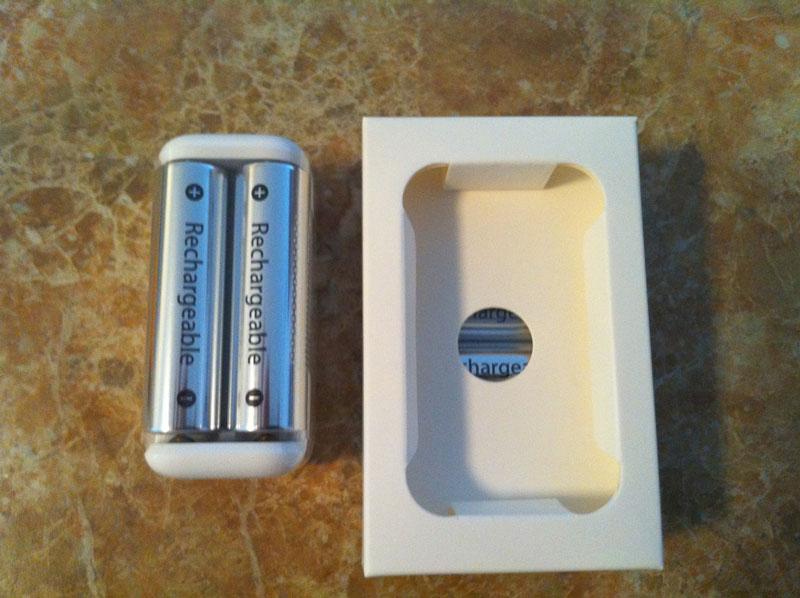
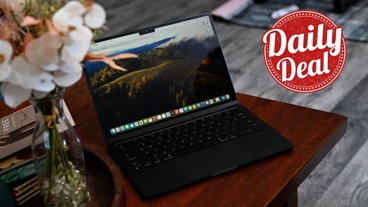

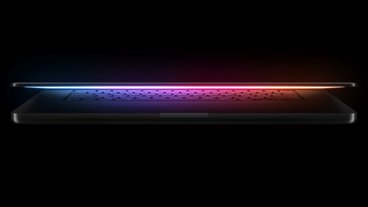
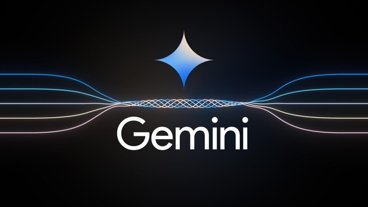
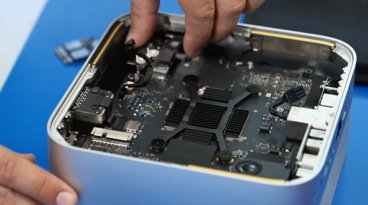








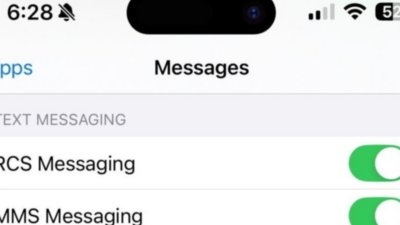
 Charles Martin
Charles Martin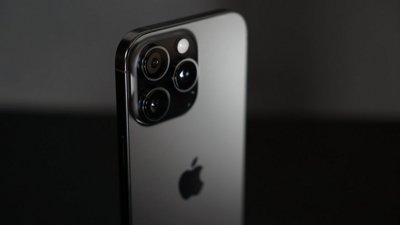
 Wesley Hilliard
Wesley Hilliard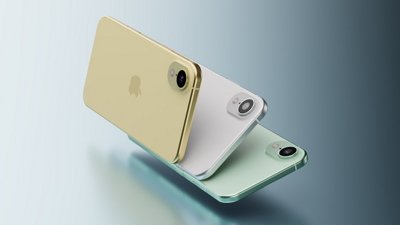
 Marko Zivkovic
Marko Zivkovic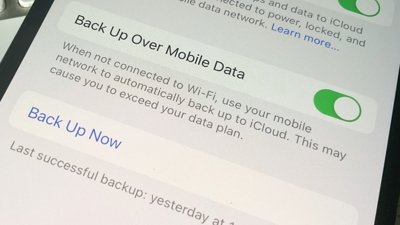
 Malcolm Owen
Malcolm Owen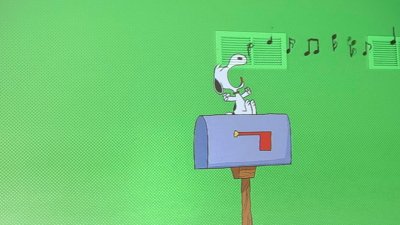
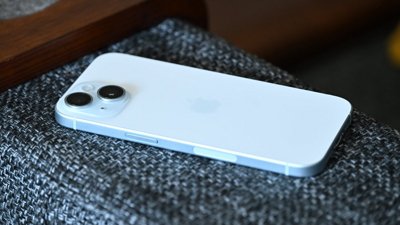
 Andrew Orr
Andrew Orr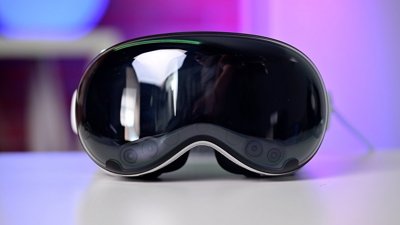
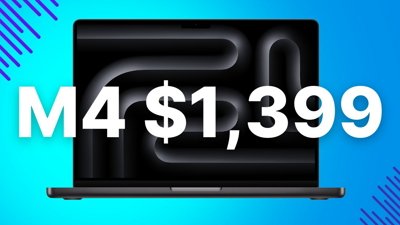
 Christine McKee
Christine McKee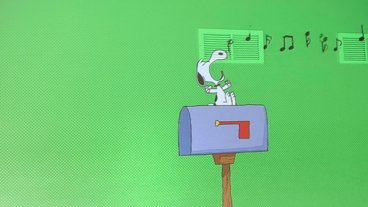
-xl-m.jpg)







155 Comments
My charger came today, very nice.
I have noticed that if I hold it in a certain way, the batteries don't charge as fast.
It looks nice but I can't help but feel that Apple blew it on the design of this thing. It really should have included at least one USB port for charging devices like the iPad or iPhone.
-kpluck
It looks nice but I can't help but feel that Apple blew it on the design of this thing. It really should have included at least one USB port for charging devices like the iPad or iPhone.
-kpluck
Great point, would have been nice.
It looks nice but I can't help but feel that Apple blew it on the design of this thing. It really should have included at least one USB port for charging devices like the iPad or iPhone.
I don't know if that means they "blew it," but it's certainly a good idea. It's not like they can't make two kinds of chargers easily enough.
You should suggest that to Apple.
This was news to me.
http://en.wikipedia.org/wiki/Low_sel...e_NiMH_battery